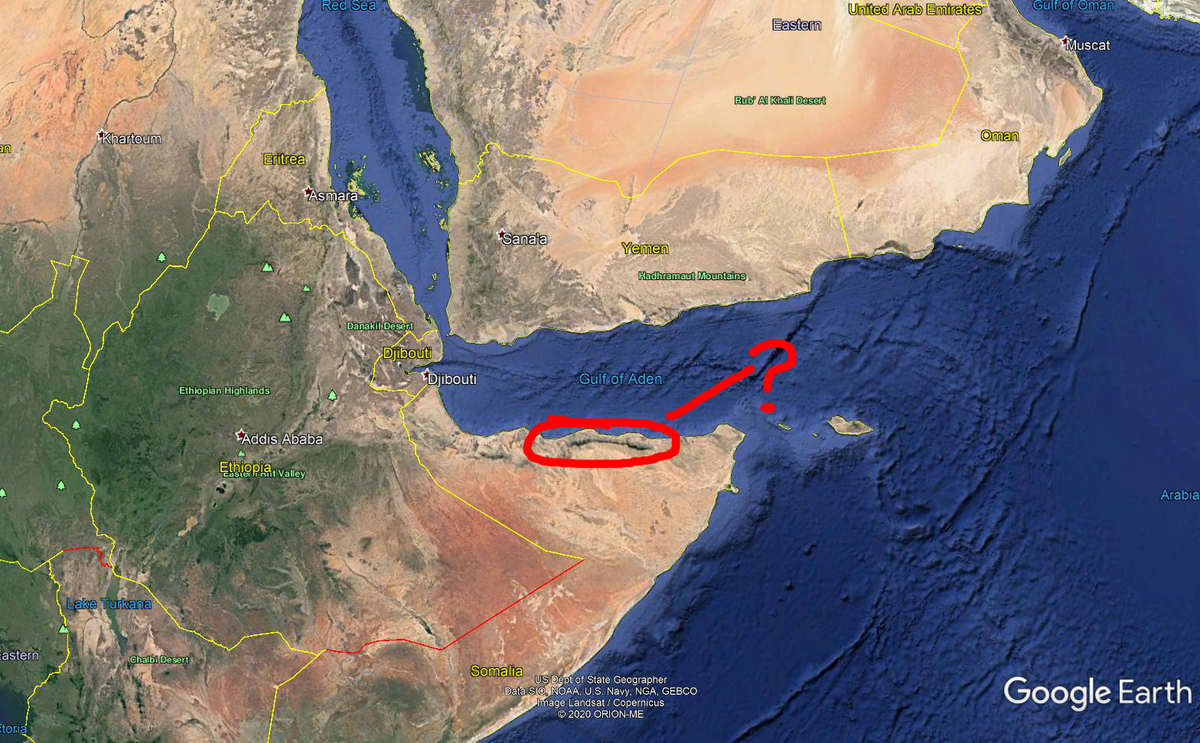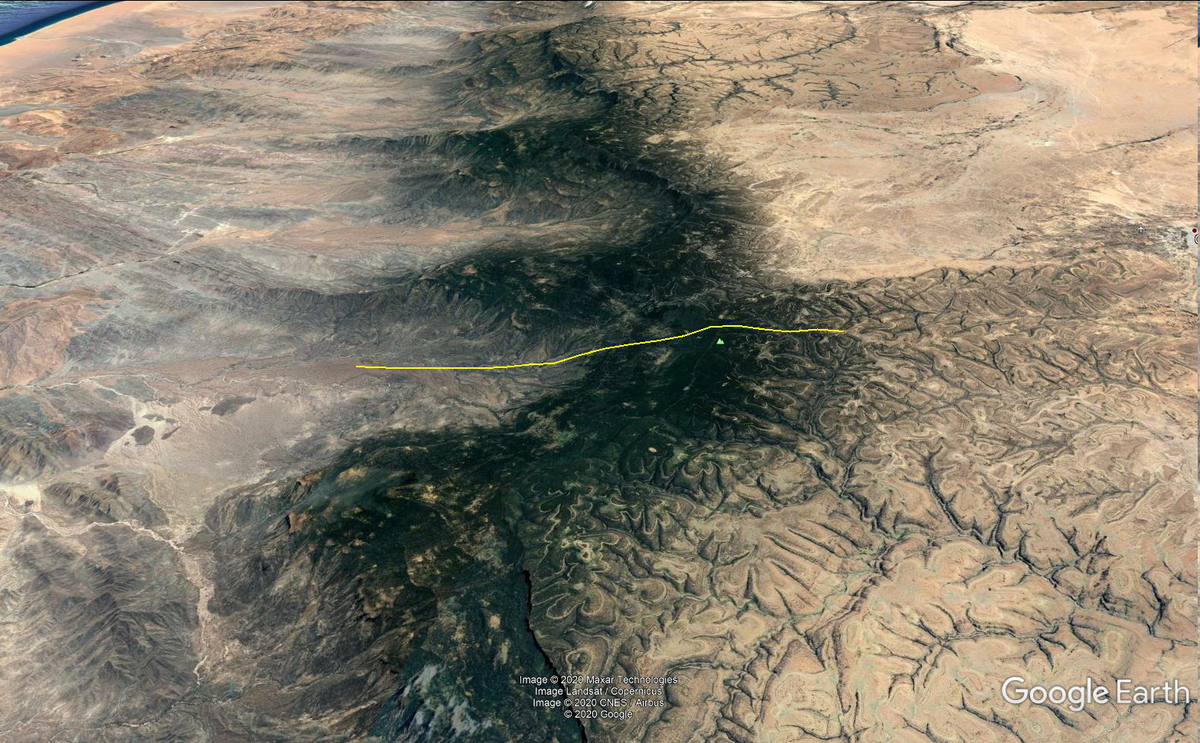
New paper explaining why and how carbonatites host REE mineralisation is now out in @ScienceAdvances and it's #openaccess!
doi.org/10.1126/sciadv…
#rareearths #geology
Thread:
doi.org/10.1126/sciadv…
#rareearths #geology
Thread:

One of the issues with REE in carbonatites is that although carbonatites are obviously high temperature igneous, the mineralisation itself always seems to be low temperature (400 °C and lower).
So most of the research so far was focused on what ligands mobilise REE at these low temperatures. People suggested fluoride, chloride, carbonate, and others. The aim was to understand what concentrates REE from an entire carbonatite body to a high grade localised deposit.
So we decided let's put a carbonatite in a capsule and test it ourselves. I made up a bunch of carbonatites and cooled them down slowly from hot af to something like in your kitchen oven 

With the alkali-free experiment, I ended up getting something like this (see paper for legend), but basically calcite to dolomite to ankerite, apatite, and bastnäsite in the cavities. 

Bastnäsite was cool, because it shows that REE are incompatible during igneous differentiation and concentrate in the last stages. But this wasn't enough - bastnäsite is rather insoluble so although concentrated in fluids they wouldn't be transported that much in the carbonatite 

This was live tweeted by the way
https://twitter.com/manenbu/status/1151415833417019392?s=20
Then I did a carbonatite with some silica in it, producing the expected "silicocarbonatite" (green things are olivine and cpx big enough to see with your eyes) but nevermind this one, it's not as interesting as the next ones 

And let's not be naive thinking that carbonatites are alkali free (even though all we see in the geological record is calcite+dolomite), so here's an experiment with Na and OH MY GOD
(and apologies to my lab mates, sample preparation required kerosene which stinks a lot)
(and apologies to my lab mates, sample preparation required kerosene which stinks a lot)

And huge thank you to Corinne Frigo for doing the FTIR and identifying wtf those minerals were.
So I made a lot of alkali carbonates and phosphates that you wouldn't see in nature because once they see groundwater they go bye bye, and a lot of them had appreciable REE in them
So I made a lot of alkali carbonates and phosphates that you wouldn't see in nature because once they see groundwater they go bye bye, and a lot of them had appreciable REE in them

I even made "moraskoite", which is only known from two places: the Morasko meteorite (doi.org/10.1180/minmag…) and from my experiment🤯
The big thing here was that I made burbankites!! afaik the first time they were synthesised from a natural-like composition. And this is important, very important. So important it was at some point my fav mineral
https://twitter.com/manenbu/status/1257275402361253900?s=20
And as the indomitable @s_broom_fendley said it:
https://twitter.com/s_broom_fendley/status/1257333818081542144?s=20
Why is burbankite so important? Often hypothesised to be the first major REE mineral crystallising in carbonatites, it's (almost) never preserved and assumed to exist via baryte+strontianite+REE-carbonate pseudomorphs.
Unlike bastnäsite, burbankite will crystallise from a…
Unlike bastnäsite, burbankite will crystallise from a…
…mobile last stage highly fractionated carbonatite melt, it is very capable of concentrating REE into a small volume! Hooray!
And because burbankite is primarily a sodium carbonate (ie cake powder) with some REE, Ba, and Sr sprinkled inside it, it does not survive in the…
And because burbankite is primarily a sodium carbonate (ie cake powder) with some REE, Ba, and Sr sprinkled inside it, it does not survive in the…
…geological record. All that's left are the alkali-free REE carbonates like bastnäsite, parisite, synchysite, ancylites, etc. Essentially misleading us to think that these carbonates are the primary mineralisation, and we need to look at their solubility and transport mechanism!
When, in fact, they are just the insoluble residue of the veriest important burbankite! And because ±all carbonatites are sodic, then burbankite crystallises in all of them, except we never actually see it!
Ok moving on to the potassic experiment. See all of those red things? Those are all the things that were soluble in the fluid at 200 °C, and when looking at dysprosium, that was around 2000 ppm Dy! That's also important but the thread is too long so read the paper if interested 

And thank you to the Science Advances production team for putting up with my requests of not destroying the figures
https://twitter.com/manenbu/status/1312601432504233991?s=20
And this was done in collaboration with @SosRare and @FrancesWallCSM, and would not have been possible without them!
And they made a press release about this if you're looking for some more information:
exeter.ac.uk/news/research/…
exeter.ac.uk/news/research/…
• • •
Missing some Tweet in this thread? You can try to
force a refresh






